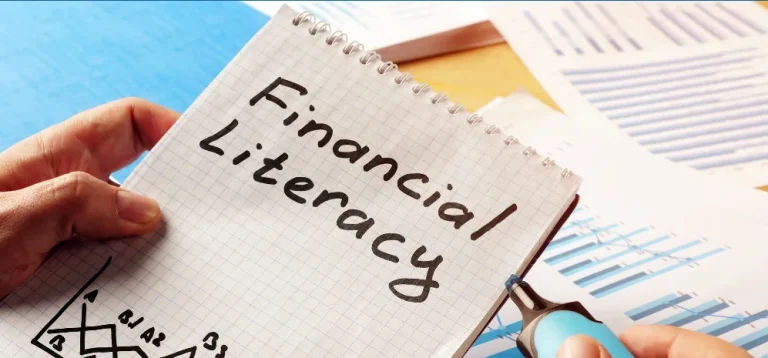
1. Why India’s Financial Literacy Gap Is Everyone’s Problem
Every rupee you don’t understand could cost you more than you think.
For individuals, the cost of not knowing shows up in small but painful ways:
- Overdraft fees
- Loan rejections
- Low credit scores
- Insurance that doesn’t cover what it should
- Missed investment opportunities
But for India — and its institutions — the cost is much bigger.
It threatens to derail our growth story, widen inequalities, and erode trust in the financial system itself.
2. The Literacy Gap That’s Holding Us Back
Only 27% of Indians are financially literate. That means nearly three-fourths of the population doesn’t fully understand how money works — savings, loans, interest, credit scores, or insurance. (Source: As per survey by National Centre for Financial Education https://www.financialexpress.com/market/only-27-indians-are-financially-literate-sebis-garg-2134842 )
This leads to:
- Poor participation in capital markets
- High levels of debt stress
- Massive underinsurance
- Retirement insecurity
- Widespread financial anxiety and misinformation
3. You Can’t Market Your Way Out of This
Financial illiteracy doesn’t just affect individuals. It affects BFSI businesses too.
- Customers don’t adopt products they don’t understand
- Mistrust leads to lower lifetime value
- Poor financial behavior leads to default risk
- Women — half the population — are underrepresented in financial ownership
All of this blocks the path to a $5 trillion economy.
4. Women & Finance: The 50% Opportunity Gap
Right now, only 47% of Indian women who earn money make independent financial decisions.
(Source: DSP Winvestor Pulse Survey)
That means:
- Limited ownership of bank accounts, investments, and credit
- Low participation in financial planning
- Higher financial vulnerability in emergencies
If we want inclusive growth, we can’t afford to exclude 600+ million women from understanding, accessing, and trusting financial tools.
Literacy Is the Real Financial Infrastructure India has built a powerful fintech stack: UPI, Aadhaar, digital KYC, payments, credit access.
But what good are tools if people don’t understand how to use them?
People don’t use what they don’t trust.
They don’t trust what they don’t understand.
We need financial education that’s:
- Localized
- Practical
- Gender-sensitive
- Scalable
- Embedded in BFSI outreach
5. Why BFSI Needs to Lead This
For banks, NBFCs, insurers, and AMCs — financial literacy isn’t a side project. It’s a growth strategy.
Educated customers:
- Adopt products faster
- Stay loyal
- Complain less
- Default less
- Advocate more
You’re already the bridge between people and money.
It’s time to also be the bridge to understanding money.
6. What Finaware Is Doing
At Finaware, we help BFSI institutions:
- Deliver multilingual investor awareness programs
- Run hybrid, virtual, or rural sessions
- Educate women, first-time earners, and underserved groups
- Track learning and behavioral outcomes
Conclusion
India will not meet its economic potential unless its people understand how to manage money.
The cost of not knowing is trust lost, growth missed, and potential wasted.
Let’s change that.



